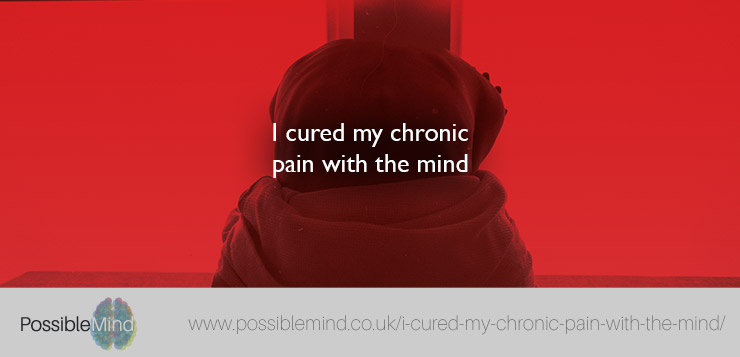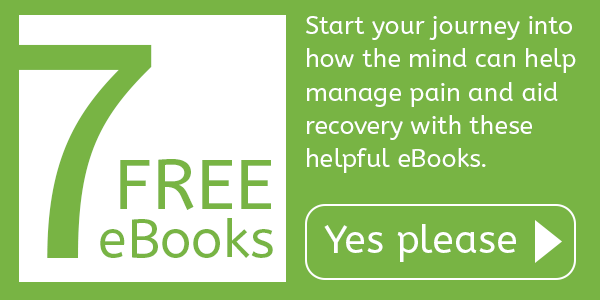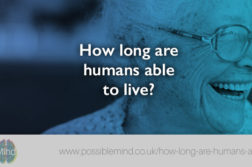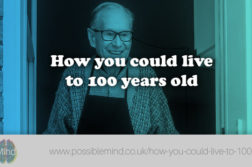Standard therapies were not working. But once I discovered the role of the brain in physical pain, I began to mend
Chronic pain is an ongoing epidemic. It debilitates around 28 million adults in the UK alone. Yet society seems to have grown comfortable with there being no cure. Perhaps this is because we have been searching for the wrong type of answer, in the wrong place.
I should begin by briefly explaining my own experience of chronic pain and what, seemingly against the odds, has helped me find relief.
After graduating from university last summer, I suffered a repetitive strain injury in both hands while doing a temporary office job. I stopped being able to work and had to put on hold my pursuit of a career in writing. I couldn’t use a computer, write with a pen or even eat with a knife and fork without severe pain. I underwent months of physiotherapy. This helped build my confidence slightly, but the pain continued. I was repeatedly told that I needed to change my posture including how I sat, stood, walked and slept. As a result, I became hyperaware of my body. The pain began to spread to my neck and arm. Diagnoses including scoliosis, carpal tunnel syndrome, thoracic outlet syndrome and pinched nerves were proffered and I was given exercise after exercise while receiving conflicting medical advice. The problem was affecting every part of my life and I needed to find answers.
Strange as it might sound, I wanted there to be something wrong so that the pain I was experiencing would be recognised and, hopefully, treated. I had tests done for various diseases, and to detect muscle or nerve damage, but nothing was found. Confused looks on the faces of the medical professionals I saw only increased my own emerging self-doubt.
Eventually, I was told that I had chronic pain, that there wasn’t a cure and I would have to learn to manage and not aggravate it. This was deeply depressing, not only because I wanted to be able to write. As anyone who suffers from ongoing pain anywhere in the body knows, it can make even the most basic daily tasks a huge challenge. My condition was finally described as work-related upper limb disorder and it was concluded that I had developed a resistance to repetitive work, which seemed nonsensical and felt wholly unsatisfying.
It was only when I began to understand that the mind and body, rather than being separate, are intimately connected, that things started to finally change for the better. I had been aware that stress could sometimes induce physical symptoms such as headaches, but I would never have believed that psychological factors could be the cause of such severe, scary and concrete pain. It was only at moments of peak desperation that I was able to entertain this idea. My symptoms were definitely real, but they were also mysterious; they moved around and the intensity of the pain varied from day to day. I would describe the sensations I experienced as burning, pressure, sharpness and tingling.
So what was going on? First of all it is important to know a bit about how pain works. Acute pain is a helpful process that occurs when there is an injury or illness. It gradually decreases and dissipates once healing is complete. If pain persists after three months, it is deemed chronic. Chronic pain doesn’t always originate from an injury, and, if it does, it can continue even once healing is complete. What this tells us is that the driving force behind it is the brain.
But that doesn’t mean it’s “all in the mind”. Far from it. Chronic pain is associated with physical changes in the brain at the cortical level. These changes can produce something called “central sensitisation” – where the nervous system goes into overdrive and previously normal sensations generate intense pain. A whole vocabulary goes along with this: allodynia is the term for when non-harmful stimuli, such as a light touch, results in pain. In hyperalgesia, harmful stimuli produce heightened or prolonged pain.
But that doesn’t mean it’s “all in the mind”. Far from it. Chronic pain is associated with physical changes in the brain at the cortical level. These changes can produce something called “central sensitisation” – where the nervous system goes into overdrive and previously normal sensations generate intense pain. A whole vocabulary goes along with this: allodynia is the term for when non-harmful stimuli, such as a light touch, results in pain. In hyperalgesia, harmful stimuli produce heightened or prolonged pain.
Why do some people experience chronic pain? We don’t know for sure, but studies show that particular psychological and personality traits are risk factors for chronic pain conditions. Some vulnerable individuals, they suggest, learn to filter emotions and actions “through the lens of pain”. An interplay between early lifetime and environmental and epigenetic factors appears to be at work.
So our emotional lives can have a real-world effect, in terms of changes to the brain and increased pain. Those real world effects then influence our emotions in turn. The two systems are intertwined: in fact, they are one system. These insights, though doctors are often aware of them, have not changed the day-to-day practice of most medicine – yet.
Once you understand that the mind and body are not separate, it seems plausible that, if pain tells us when there is something wrong physically, it can tell us when there is something wrong mentally too. I decided to listen to my body and integrate that with what was going on in my mind. After much research and finding the right help, I set out to heal emotionally. I stopped taking pain medication, stopped physio and started moving how I used to. (I want to stress that no one should take any steps to alter their treatment without consultation with a doctor.) I considered potential repressed emotions from life events, including in childhood, and used different techniques to explore them all. This enabled me to acknowledge things, feel them and sometimes let them go. As my fear and pain levels gradually decreased, I began to resume normal physical activity, including writing and typing. It is not easy to access feelings that our brains, in simple terms, may have pushed aside and replaced with pain. But it comes with great rewards and a sense of empowerment.
The way I came to understand all this happened to be through a book, The Mindbody Prescription by Dr John Sarno. Others might be influenced by a sympathetic doctor, a news article or even this piece of writing. I’ve almost completely recovered – a dramatic shift after eight months of debilitation. I will keep practicing the techniques I’ve learned, and studying the science, since I’m aiming to get back to full health.
Pain is complex. Sometimes, even when it’s long-lasting, it can be a sign of ongoing injury or undiagnosed disease. It’s important to seek medical advice in order to exclude potentially dangerous conditions. I’m aware that even in cases, like mine, where there isn’t an underlying structural problem, it might be difficult or impossible for others to replicate my experience. I simply hope that mounting evidence will demand a change within the practice of conventional medicine: most importantly a change in the way patients’ conditions are explained to them, one that means they aren’t made to feel hopeless, or crazy.
We have come far in trying to remove the taboo around mental health, so why not take a step further and join the “mental” to the “physical”? The prize would be that many chronic pain patients might start to feel a little less lost and, hopefully, find the tools they need to begin to heal.
To learn more please the website where this article was originally published please visit – www.theguardian.com and was written by Hannah Millington
If you like this post you will also enjoy:
- Power of Hope and Prayer In Improving Toothache Pain.
- How Mental Imagery Manages Pain.
- The Buddhist Monk Who Controlled Pain and Suffering.
- Virtual Reality Helps Distract Kids from Painful Medical Procedures.






